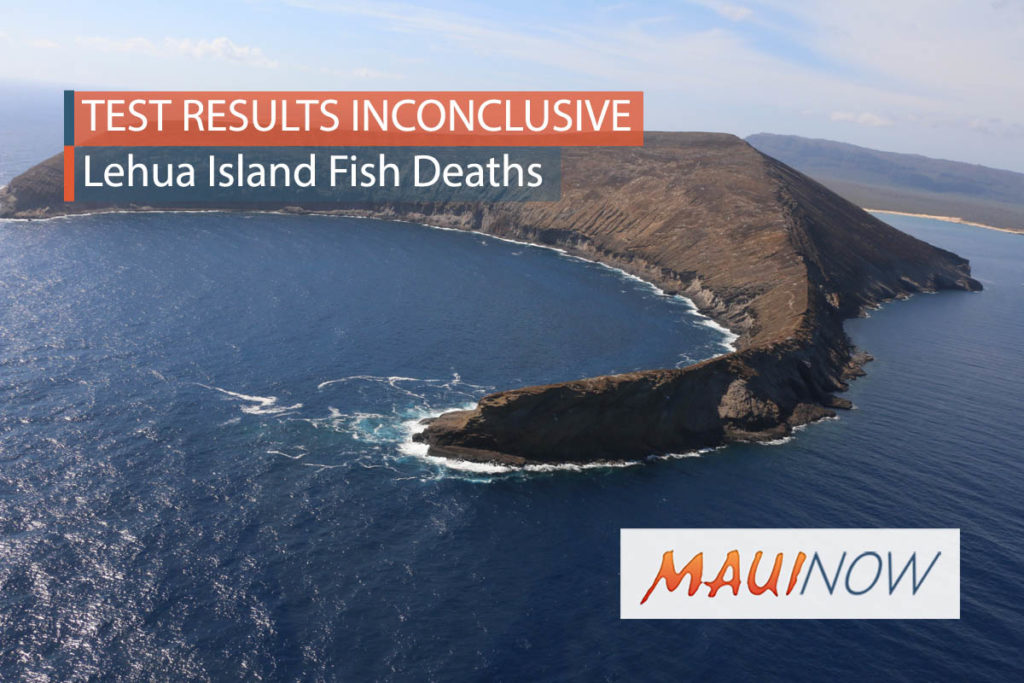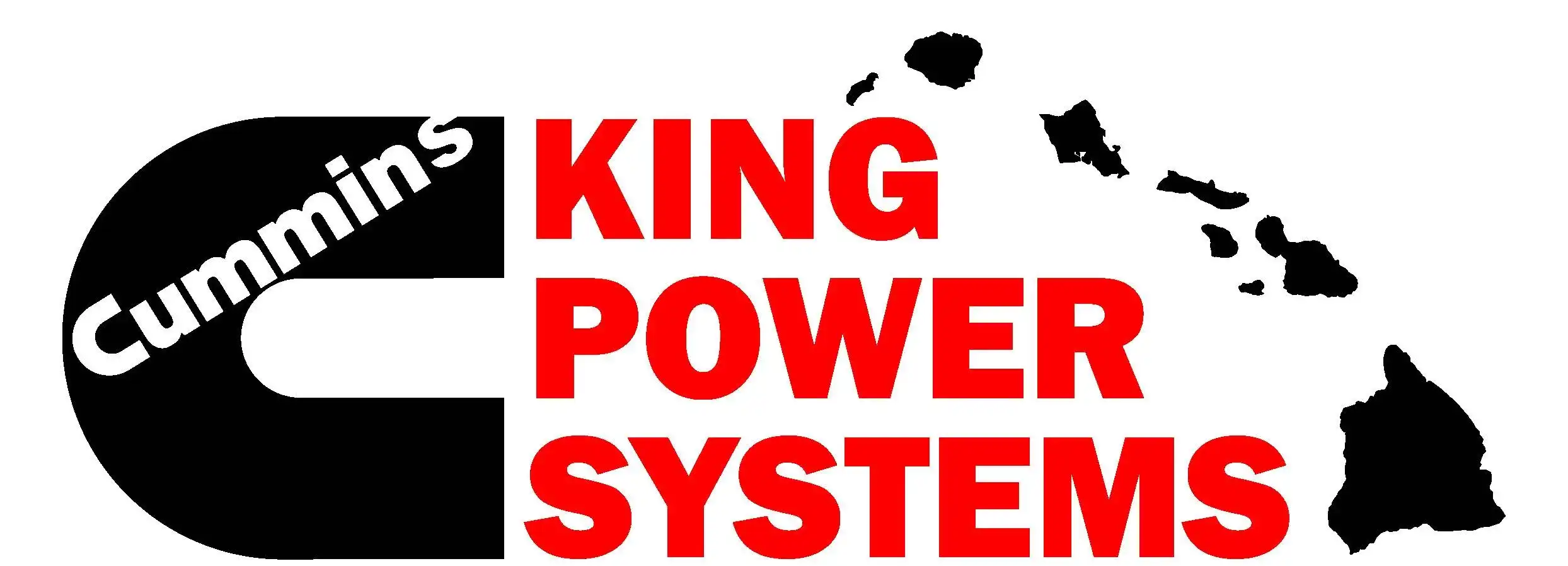Inconclusive Results from Examination of Lehua Fish
Results are inconclusive from an examination of dead fish that were found in tide pools following the aerial application of rodenticide on Lehua Island, according to information released today by the state Department of Land and Natural Resources.

Aerial photographs of Lehua, rats, birds, and rodenticide application. PC: Hawai‘i DLNR.
State officials say the samples were in a severely degraded condition, making it impossible to determine whether the mullet-type fish were affected by diphacinone or died due to other factors associated with being trapped in tide pools; such as high temperature or limited oxygen. The findings were reported by both the USDA APHIS Wildlife Services/National Wildlife Research Center and the Hawai‘i Department of Agriculture.
The study indicates that it is also not clear whether or not the fish were intentionally placed in a tide pool on the northern side of Lehua Island. Partners in the project became aware of videos on social media, after the second aerial application of the rodenticide was conducted in September.
Approximately 45 mullet-type fish in varying states of advanced decomposition were collected from a tide pool on Lehua on 5 September 2017 and shipped to the Hawaiʻi Department of Agriculture and NWRC for diphacinone residue analysis.
Preliminary results from USDA’s visual examination of the specimens show external and internal signs of UV fluorescence from the pyranine biomarker incorporated into the diphacinone bait. However, because the internal organs such as livers and stomachs were decomposed, the results are inconclusive as to whether the fluorescence resulted from consumption of the bait or immersion in the tide pool where bait pellets dissolved. Chemical analysis of the degraded tissues will likely be unable to determine if the fish died from ingesting diphacinone bait or absorbed diphacinone after dying of other causes.
The Lehua Island Restoration Project was intended to eradicate invasive rats from the State Seabird Sanctuary on Lehua Island.
The information will be included in a final report and full environmental analysis.









